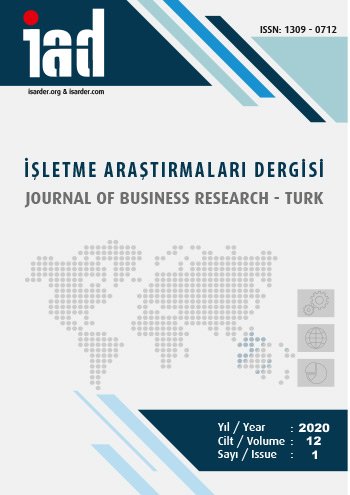(Measurement of the Efficiency of Turkish Banking Sector with Data Envelopment Analysis)
Keywords:
Financial information, Efficiency, Data envelopment analysisAbstract
Purpose – İn this study data envelopment analysisone of the non-parametric methods used in quantification of relative efficiency of decision-making unit at multiple input multiple output processes is used for the purpose of quantification of efficiency values of 24 banking companies acting in Turkish banking sector. Design/methodology/approach – In this study total active, total deposit, branch number and interest expenses are selected to be input parameter whereas credits, net period profit, and interst incomes are used as outpuıt parameters. At the application DEAP software pack is employed to analyze with the aid of input aimed CCR model. Results – As a result of the study, it was determined that the general efficiency ratio of the banks is 95.7%. When the efficiency levels of the banks according to their capital structures have been examined, it has been found that participation banks are not effective, only one of the private capital banks has the effective level, and the banks with foreign capital are highly effective. Discussion – At a glance to previous studies on data envelopment analysis of Turkish banking sector, the most efficient bank groups are similar in terms of employed input and output parameters, mean efficiency levels obtained from analysis, effective bank numbers and capital. In this respect main findings of the study correspond to former studies. Most of the studies present the most effective source utilizing banks to be the foreign-invested banks.
Downloads
Published
How to Cite
Issue
Section
License

This work is licensed under a Creative Commons Attribution-NoDerivatives 4.0 International License.





